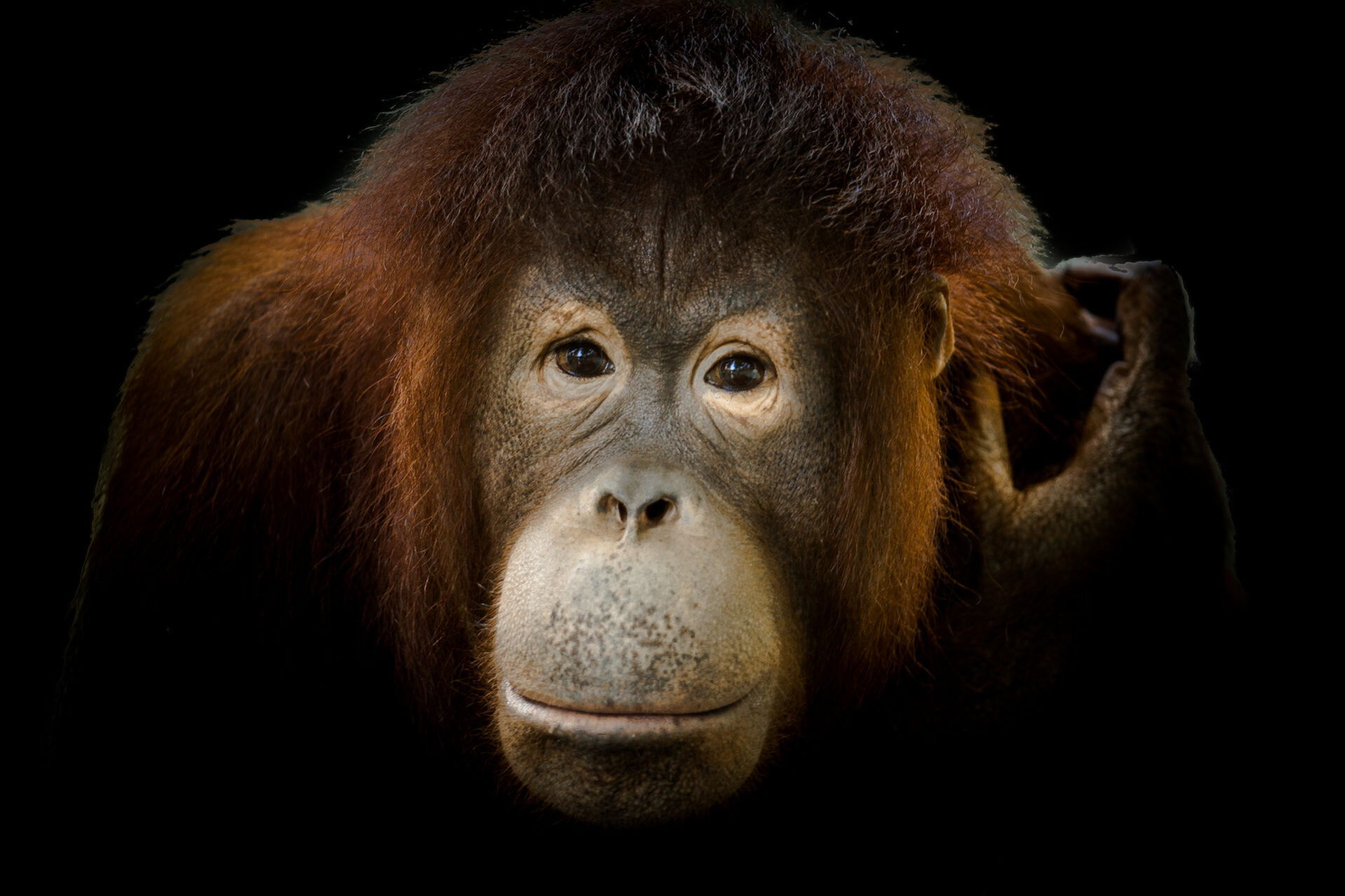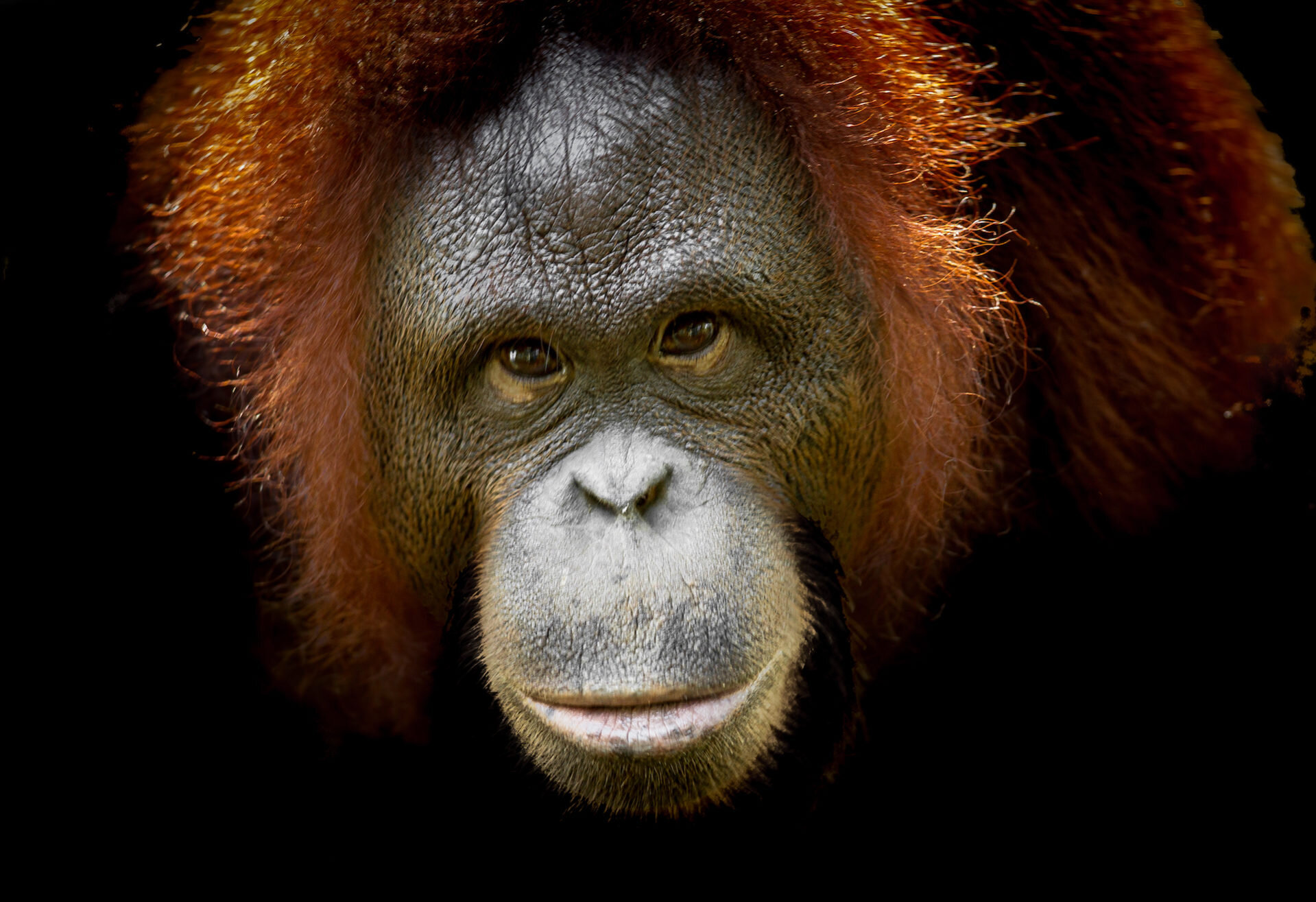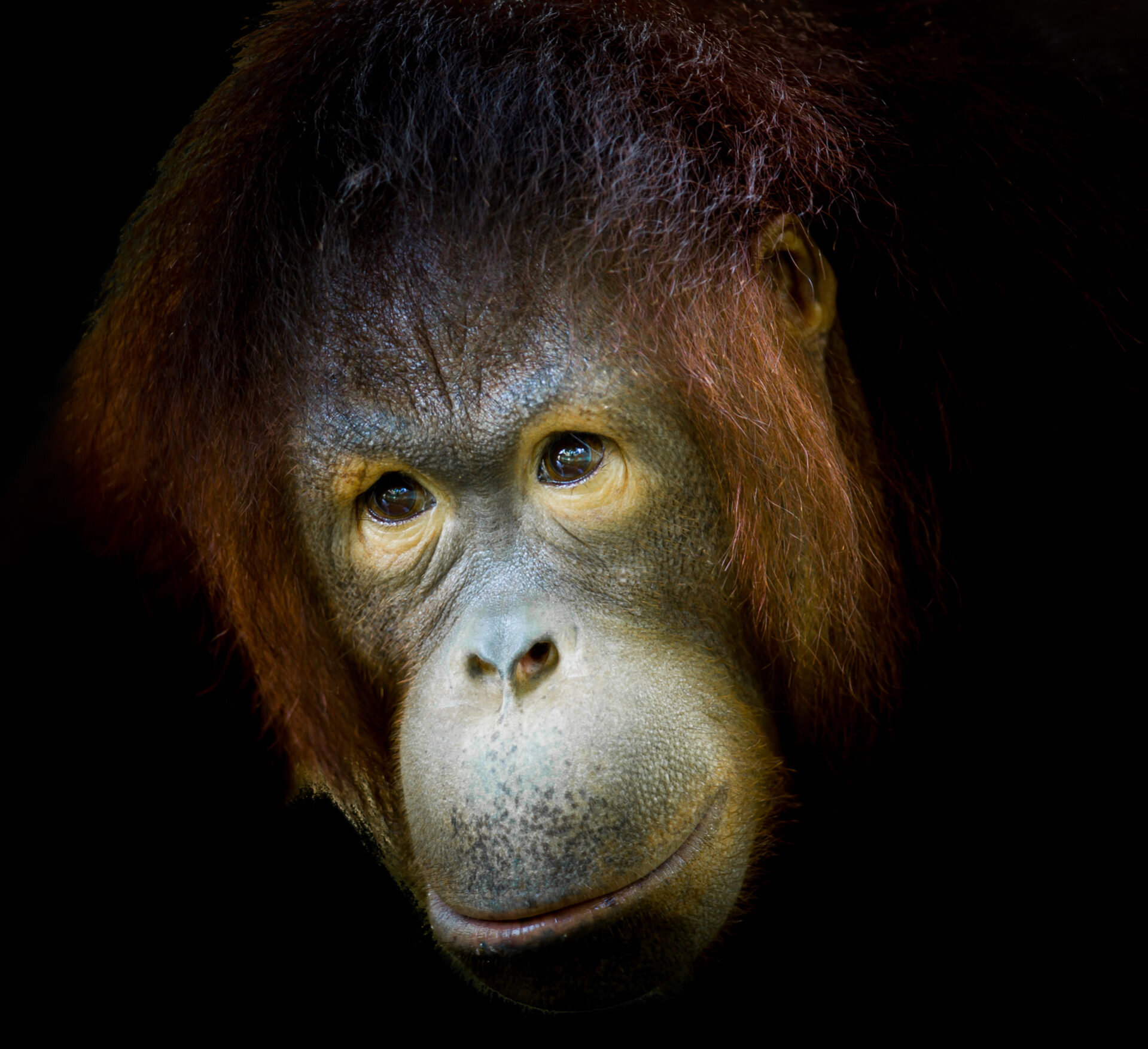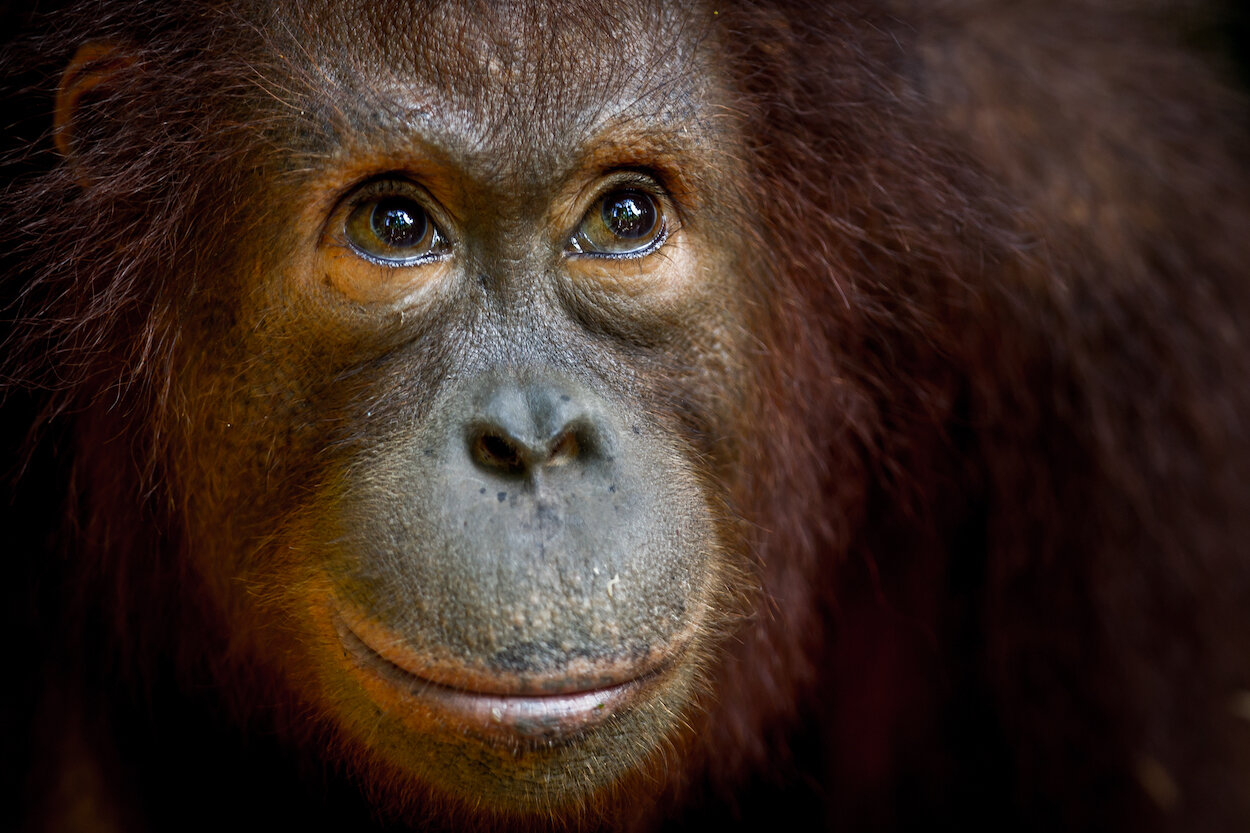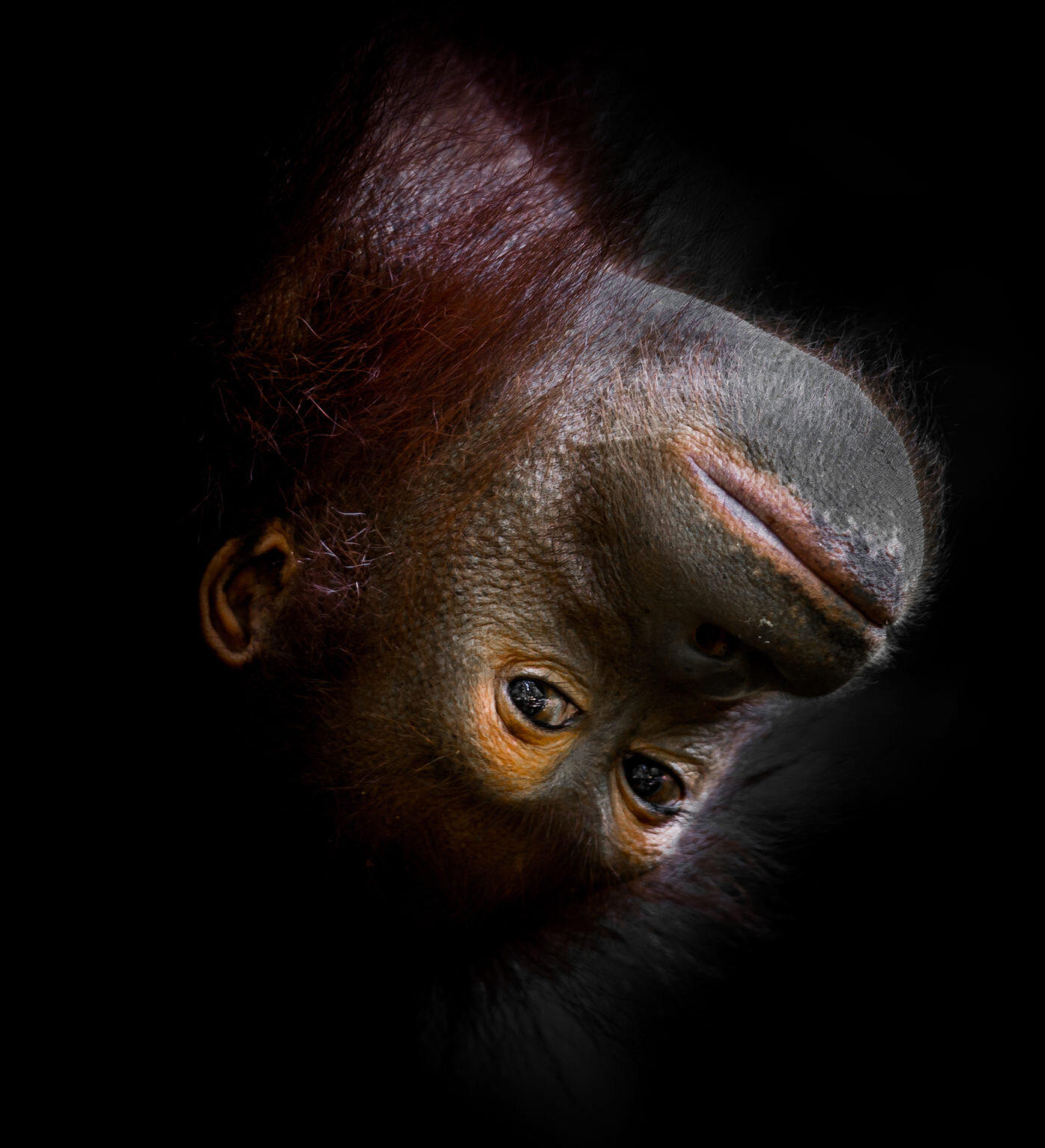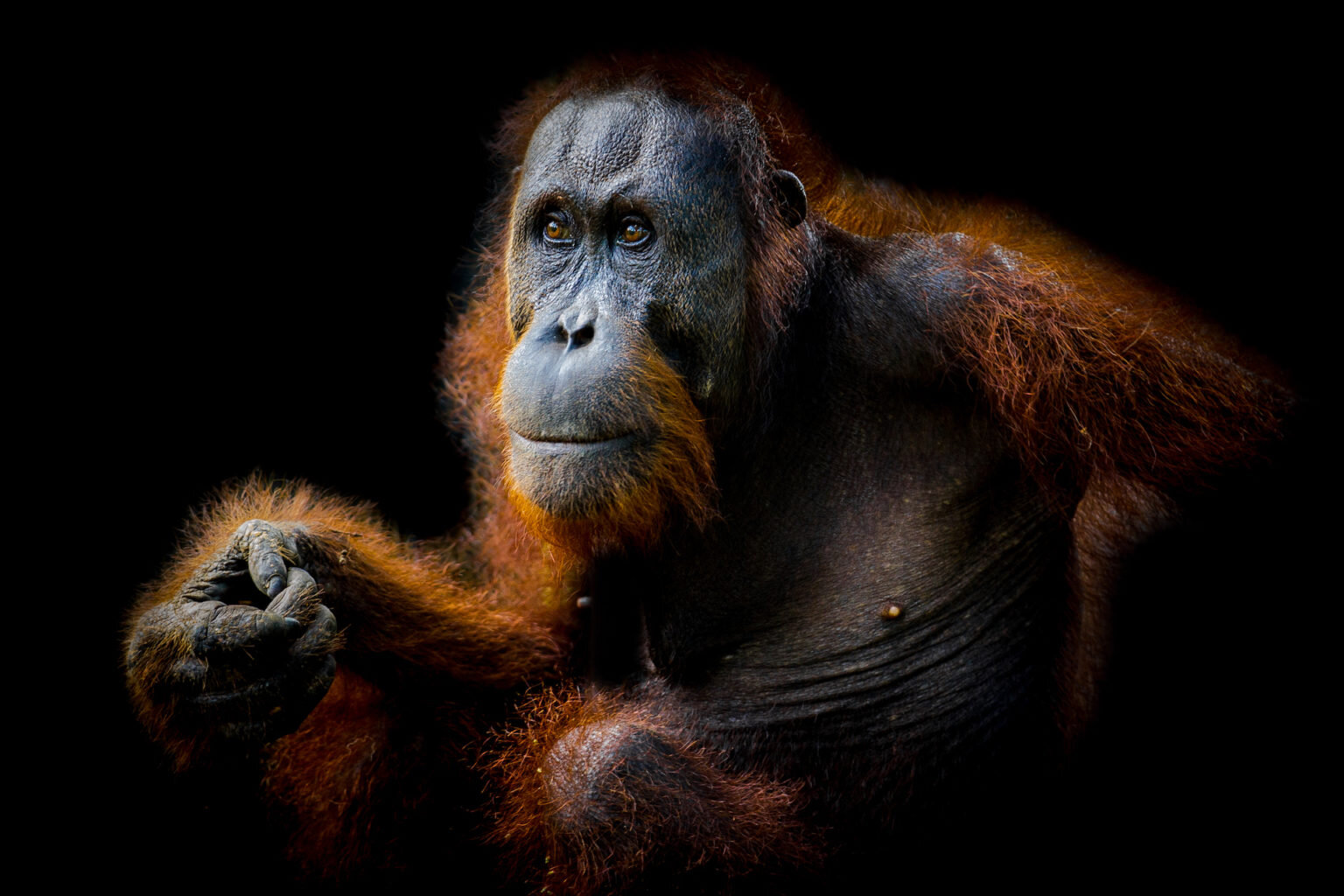Orangutans - The Wild Men Of Borneo
FACING EXTINCTION
Orangutans, the wild men of Borneo are not sleeping easy these days. Why?…well, how would you sleep when your species is fighting genocide and facing extinction?
Yup…these magnificent forest animals who share 97% of mans DNA are critically endangered and are very, very close to extinction with a population decline estimated at between 3000 to 5000 per year. Unless something is done to stop the greedy stupidity of the Timber and Palm Oil barons intent on clearing ten million year old forests to make chop sticks and plant palm oil, there is no hope for the species.
IRRESPONSIBLE HABITAT DESTRUCTION
It sounds absurd that anyone would chop down old growth forest to make simple goods like chop sticks and then replace the trees with oil palms, but its been happening on a massive scale for decades and there is no sign its stopping. I mean, ask yourself, who in his right mind would do dumb stuff like this. But unfortunately there are people out there with absolutely no sense of social responsibility, funded by supposedly reputable banks with zero understanding of the meaning of right and wrong. The owners of these banks and plantation companies educate their children in the best schools and universities and yet they graduate shamelessly continuing the madness. Sad, sad sad!
The diagram below published by Hugo Ahlenius, UNEP/GRID-Arendal illustrates the the progressive extent of Orangutan habitat loss in Borneo.
WHAT MAKES ORANGUTANS SPECIAL
In Malay and Bahasa Indonesia Orang means person and Utan is derived from Hutan which means forest. So literally Orangutans are People of the Forest. They are so human its not hard to see ourselves in them. Which makes the pain of what we are doing to these animals all the more disgusting.
Orangutans are important to forest diversity because they disperse tree and plant seeds for tree species that are themselves in decline but have great bio medicinal potential to heal cancer and other disease.
What we also need to realise is female orangutans only give birth to a single baby every three to five years. This means recovery of numbers is a very slow process made more difficult by the fragmentation of habitat pockets which depletes the gene pool within that pocket.
For the readers of this Blog living in Malaysia and Indonesia I’d like you to look at these portraits and see the emotion in the eyes and faces of these animals to hopefully convince you to speak up about what is going on in Sarawak, Sabah and Sumatra and Kalimantan. And for the readers who live elsewhere I’d encourage you to make a trip across to Borneo to see these magnificent animals before they succumb to Mans madness and add your voice to the protest.
The easiest way of seeing these animals is to visit one of the rehabilitation centres focussed on rescuing and rehabilitating the animals for release back into the wild.
Probably one of the easiest to visit is the Sepilok Orangutan Rehabilitation Centre at near Sandakan in the north of Borneo. Sandakan is easily and cheaply accessed by flights from Kuala Lumpur and Singapore and accommodation is available in lodges nearby the center and also in Sandakan town itself.
The advantage of Sepilok is there are also Sun Bear and Proboscis Monkey rescue centres nearby which makes the trip up very worthwhile.
The Orangutans in Sepilok are free roaming. Food is provided for the animals that struggle to fend for themselves but those that can fend for themselves roam the forests nearby until they are relocated to specific remote jungle areas that can safely accommodate them. Because the animals are roaming wild comings and goings to the feeding stations vary from day to day, but It’s usually possible to observe and photograph one or more from a reasonably close distance.
The thing that strikes you most when you see one, is how human-like they are. They are not emotionless animals. As the portraits below illustrate they are more human than maybe we would like to admit. As such they are really an exceptional species that deserves the chance to live wild free from persecution.
Man at least owes them that!
USEFUL LINKS AND TIPS
Clothing
The jungles of Sumatra and Borneo are hot and humid. Wear appropriate loose clothing and good walking shoes. Bring a hat and water to drink…you will need it!
Camera Gear
In the wild Orangutans are shy and usually high up in the canopy. In rehabilitation centers they are lower down and more easily photographed.
Generally a DSLR with a medium zoom is sufficient for good photos. But make sure you have fully charged batteries and sufficient memory card capacity because when you see these animals you will be taking lots of shots.
It is also a good idea to bring a plastic bag big enough for your camera and lens incase you get caught in an afternoon shower.
Useful Links
Orangutan information



